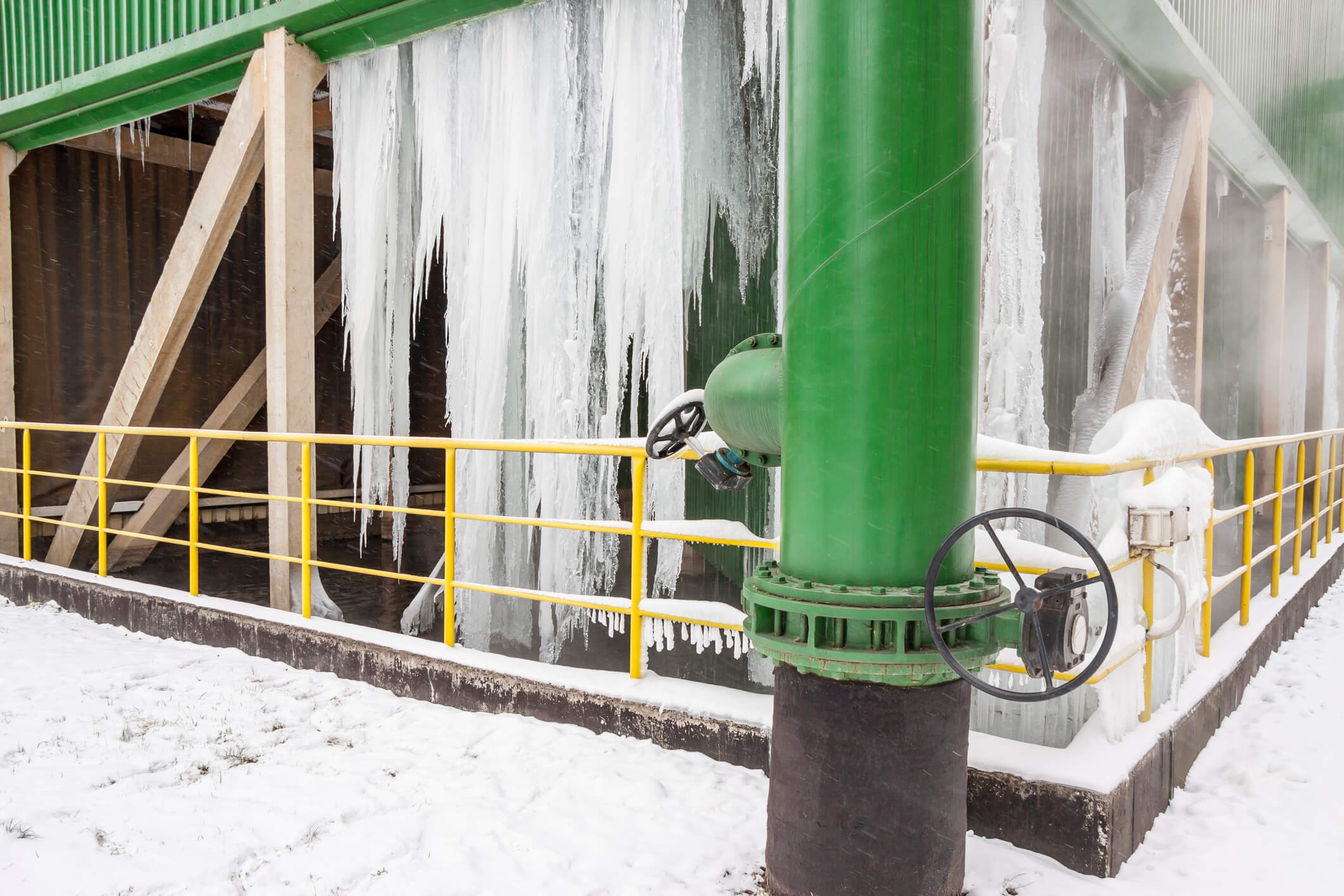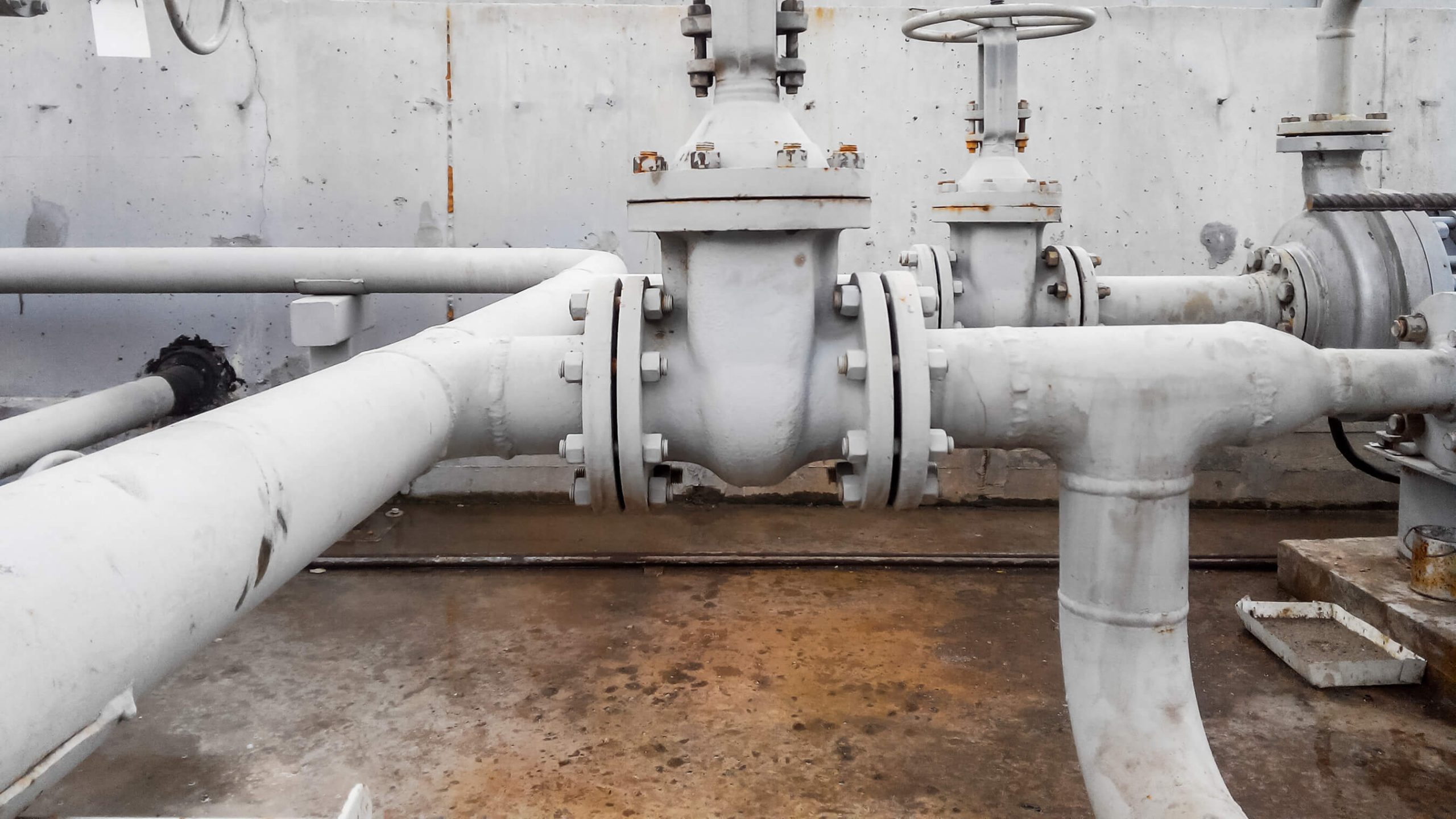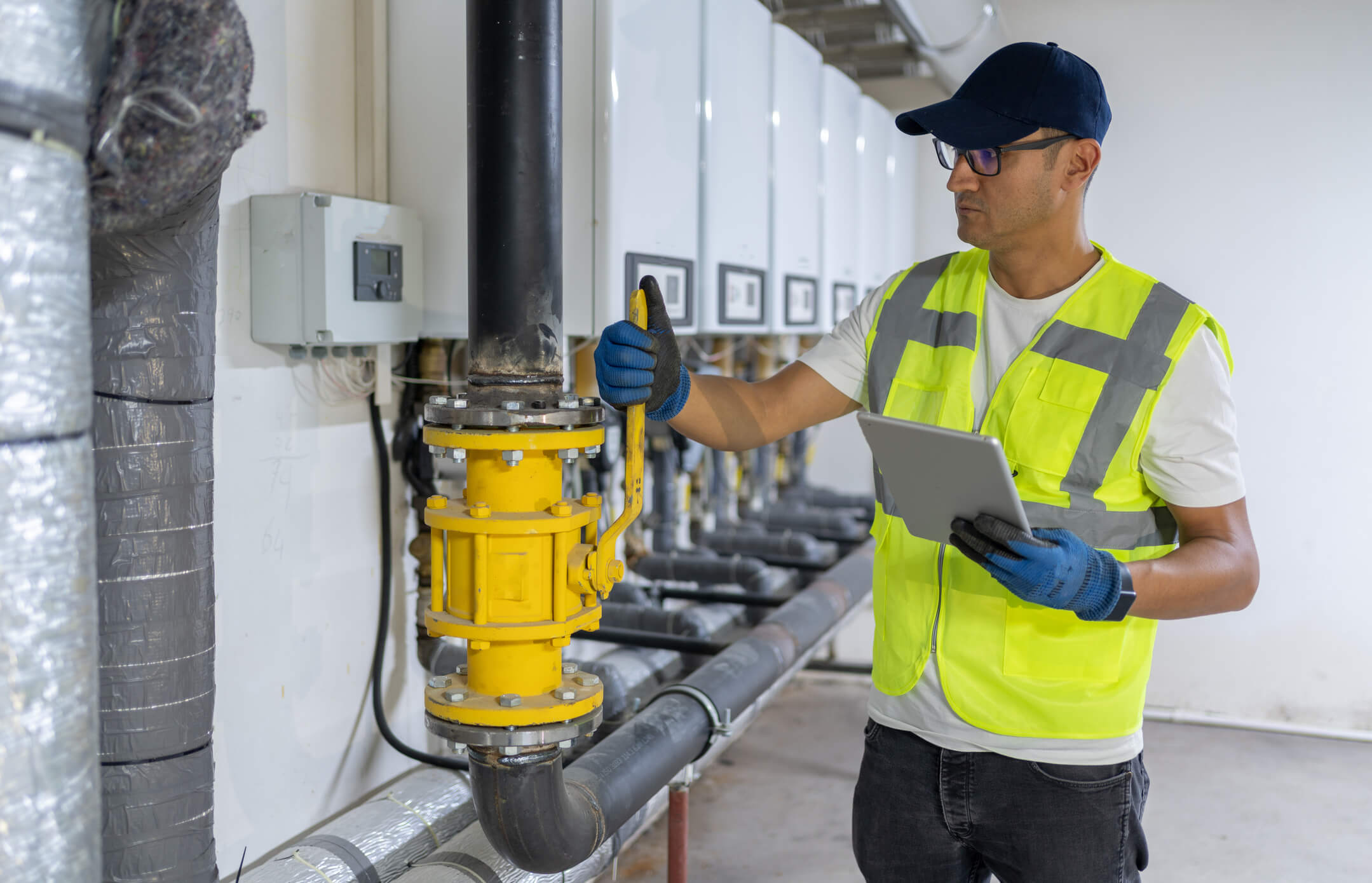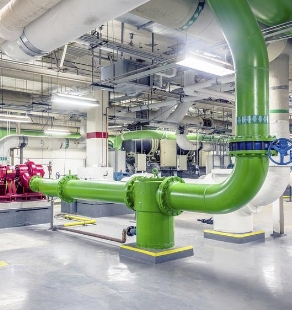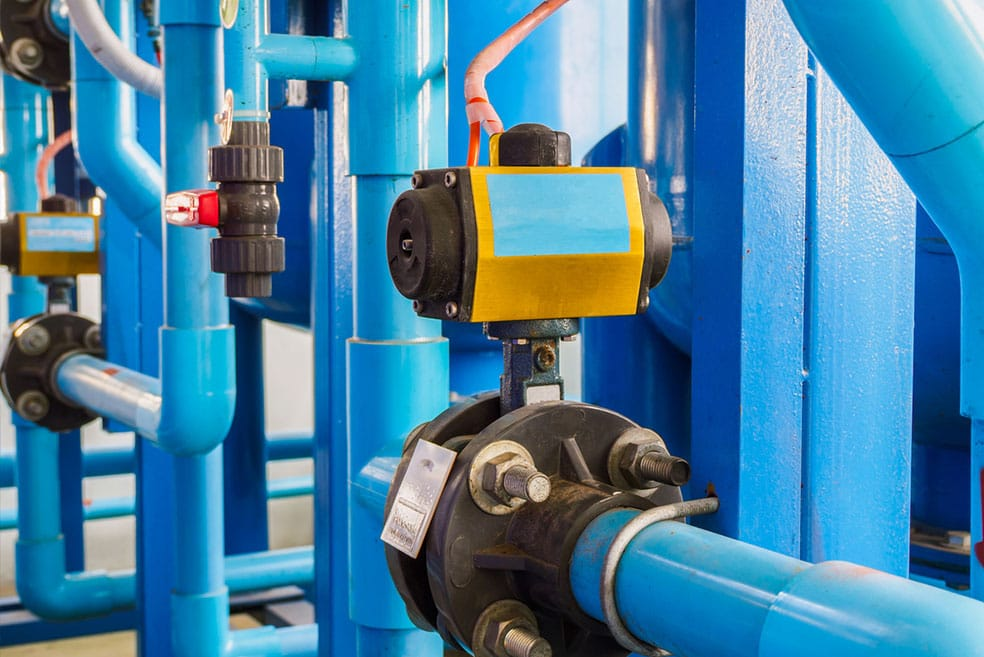While automotive antifreeze does contain glycol, most brands are formulated to protect the aluminum components found in modern cars. The primary corrosion inhibitor in most automotive antifreeze blends is silicate. Silicates tend to form thick, visible passivation films that can adversely affect heat transfer. Silicates also tend to be gritty and can shorten the life of pump seals. Any type of corrosion inhibitor will require periodic replacement or supplementation.
